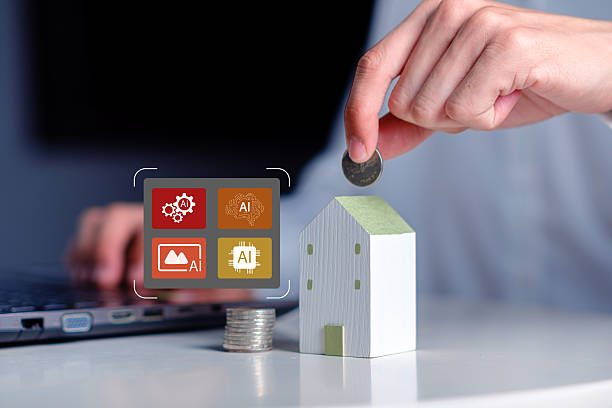Home design today is less about extravagance and more about intelligence. Homeowners are looking for ways to stretch their budgets without losing comfort or beauty. A stylish home no longer has to come with a luxury price tag. What matters most is making thoughtful choices that balance cost, quality, and design. This approach, often called cost-smart living, is reshaping the way people think about their homes.
The Shift Toward Practical, Purpose-Driven Design
For many homeowners, the focus has shifted from appearance to purpose. The home has become a place to live, work, and recharge. With material costs increasing and lifestyles changing, practicality has become the new luxury. A well-designed home isn’t just about looks. It’s about spaces that adapt to daily life, like flexible floor plans, open kitchens, and multipurpose rooms that work as offices or play areas.
You can see this balance reflected in barndominiums in Indiana, where smart design naturally serves both form and function. These types of homes show how durable materials, smart layouts, and open designs can provide both charm and long-term value. People are drawn to this mix of simplicity and strength because it fits the way we live today.
Building Materials That Go the Distance
When building or renovating, the materials you choose can make or break your budget. The goal is to find materials that last while keeping costs manageable. Steel framing, polished concrete, and reclaimed wood are popular options for those reasons. They bring strength, low maintenance, and a timeless look.
For example, steel and metal components resist damage from weather and pests, which means fewer repairs down the road. Polished concrete floors add an industrial touch while standing up to years of wear. Reclaimed wood adds warmth and character without the high price of new lumber. Investing in these materials helps reduce maintenance costs and increases the home’s lifespan. Durability often translates into savings over time.
Style That Endures: Marrying Minimalism and Warmth
Designing a cost-smart home doesn’t mean settling for plain or cold. It’s about finding balance. A timeless interior uses natural textures, neutral colors, and open layouts to create both calm and comfort. Minimalist spaces can feel empty if they lack warmth, so layering materials like wood, linen, and stone can add depth.
The best designs mix rustic elements with modern finishes. Think metal lighting fixtures paired with soft fabrics, or wood beams contrasting against white walls. These details give a home personality while keeping it easy to maintain. The goal is to create a space that looks refined but feels relaxed. It’s a smart approach for anyone who wants a home that stays stylish year after year.
Smart Spending: Where to Save and Where to Invest
A key part of cost-smart living is knowing where to allocate your budget. The general rule is to spend more on what can’t be easily changed later. That means investing in structure, insulation, and energy efficiency. High-quality insulation can cut utility bills by keeping your home comfortable year-round. Solid construction materials prevent issues that could become expensive repairs.
On the other hand, you can save on details like decorative lighting, furniture, or finishes. These can always be updated as styles evolve. For homeowners designing their own spaces, it’s also wise to focus on energy-efficient appliances and windows. They may cost more upfront, but the long-term savings are worth it. The smartest homes are those that stay affordable to maintain, not just to build.
Designing for the Future: Sustainability and Flexibility
Sustainability and flexibility are shaping the future of home design. People want homes that adjust to their needs over time, not ones that feel outdated in a few years. Sustainable materials, such as bamboo flooring or recycled metal, are becoming easier to find and more affordable. Solar panels and efficient water systems also help reduce the home’s long-term impact on the environment and the wallet.
Another important aspect is flexibility. Families grow, work patterns shift, and hobbies change. Homes that can adapt to these changes—like adding a loft, reconfiguring an office, or creating shared spaces—have more lasting value. A flexible layout ensures that the home evolves along with its owners instead of being replaced or renovated every few years.
Luxury Is How You Live, Not What You Spend
True luxury doesn’t come from spending more. It comes from living comfortably, efficiently, and beautifully. Cost-smart living encourages people to think differently about what makes a home valuable. Instead of chasing trends or flashy upgrades, focus on materials and designs that last.
Durable, affordable homes show that style and substance can go hand in hand. They remind us that luxury is not about price, but about how well a home supports the life within it. When designed with care, even a modest home can feel rich in every sense of the word.
In the end, cost-smart living is more than a design choice—it’s a mindset. It challenges the idea that beautiful homes must be expensive. By prioritizing long-term value, quality materials, and thoughtful design, homeowners can create spaces that are both durable and inspiring. Whether you’re building from scratch or reimagining your current home, smart choices today can lead to lasting comfort for years to come.
Published by HOLR Magazine.


